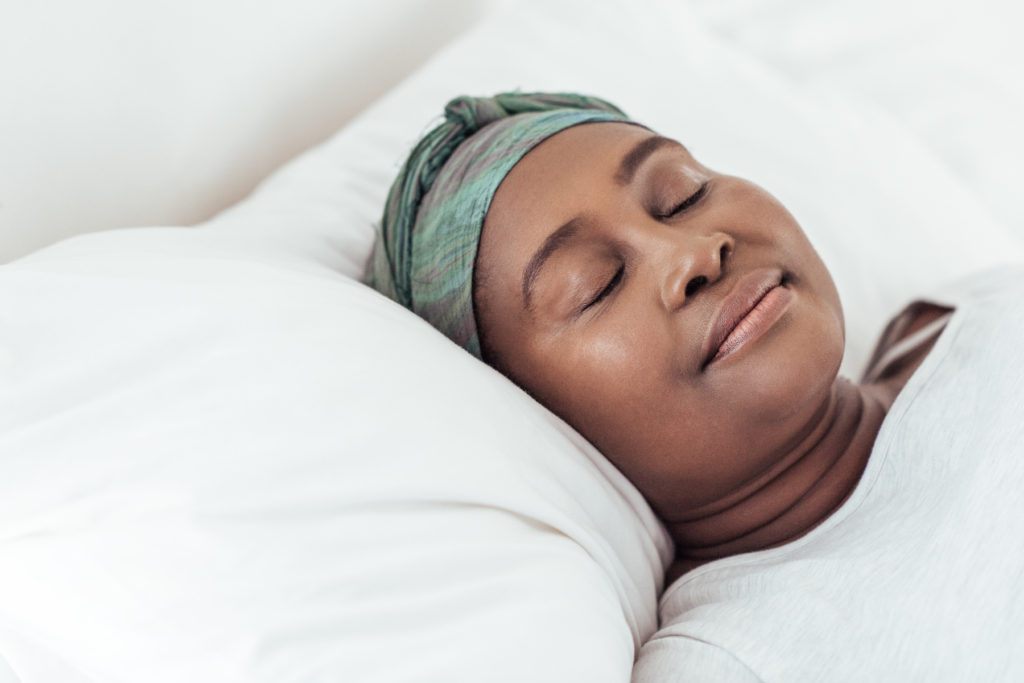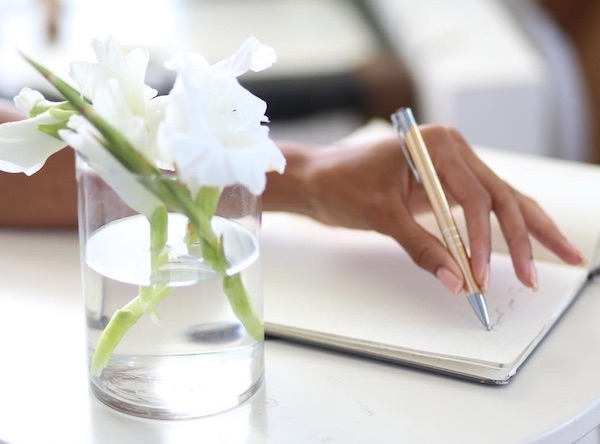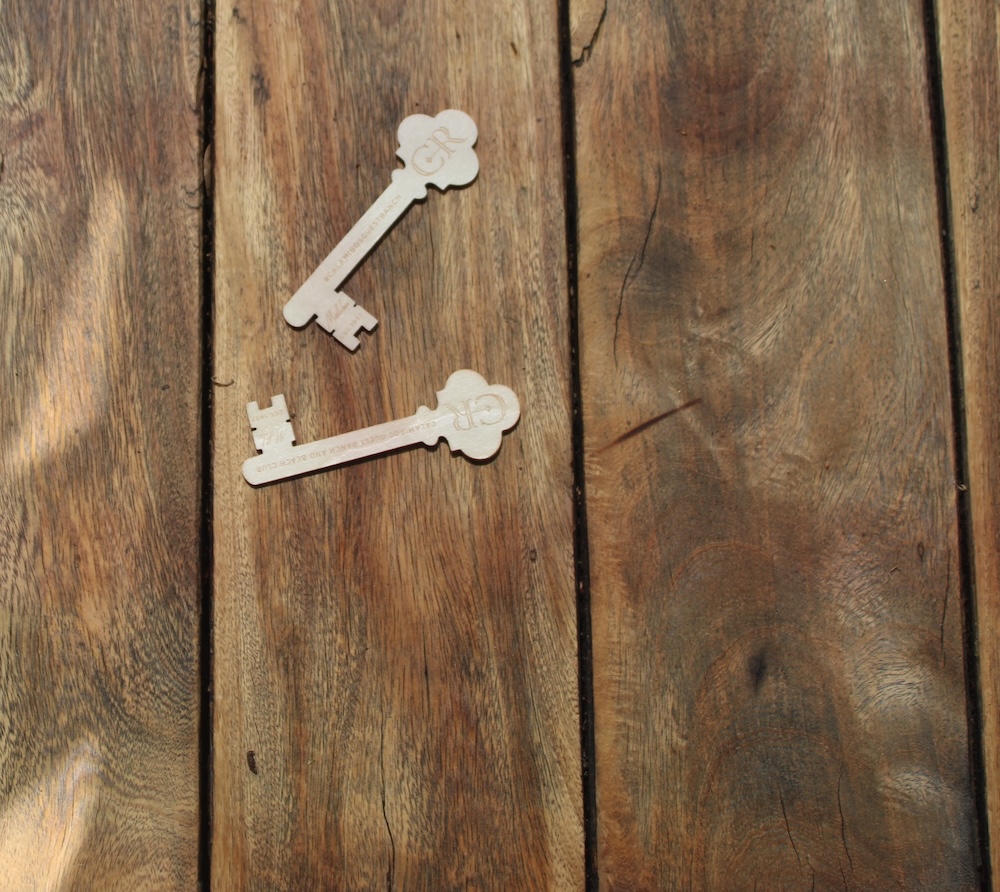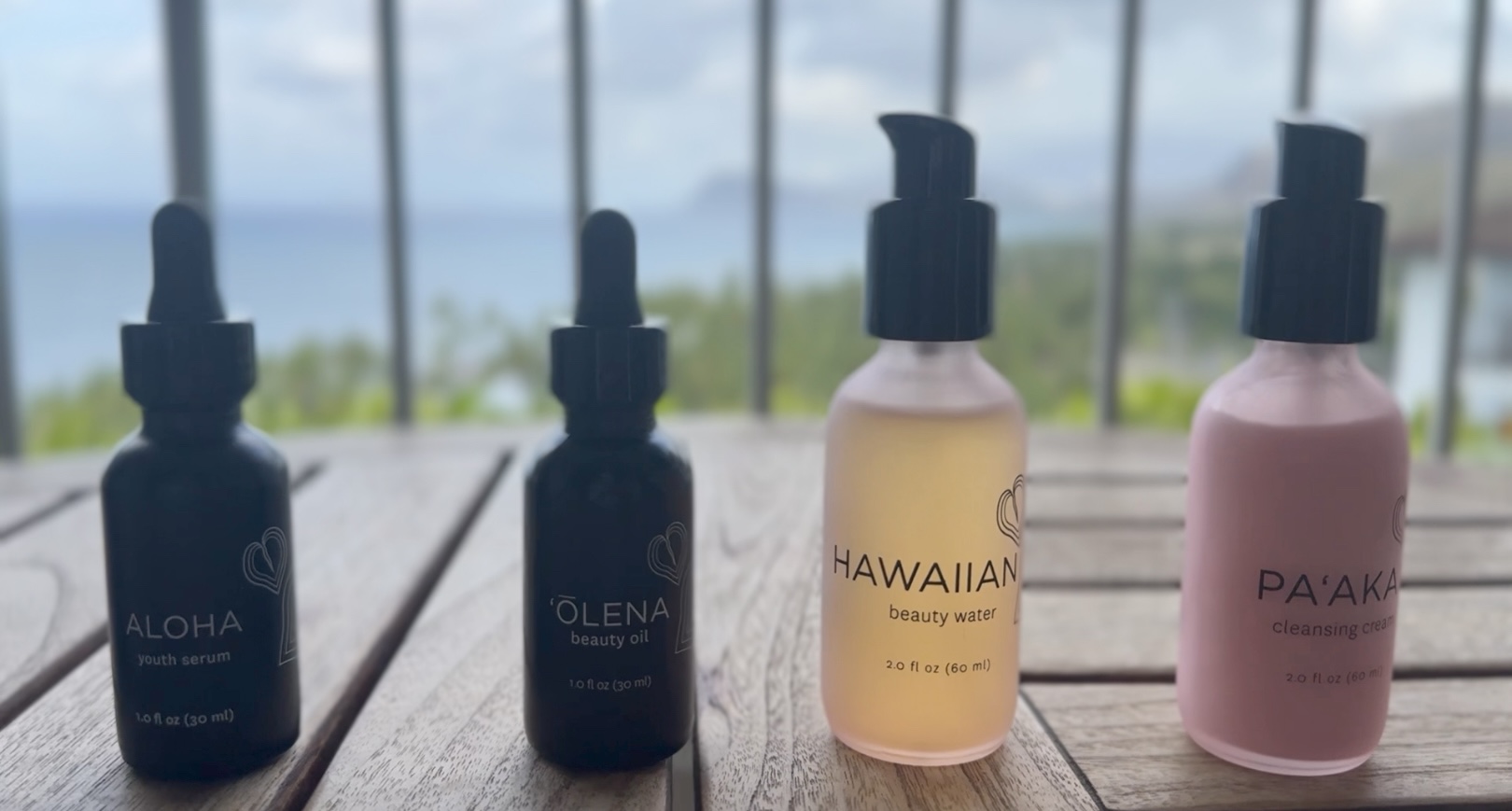
On average, humans sleep for roughly one-third of their lives (that is, if you’re getting the recommended 7-8 hours a day). While there may be possible medical reasons so many find trouble sleeping, it’s often our daily lifestyle choices that interfere with the coveted and elusive shut-eye. Roughly 45 percent of Americans report poor or insufficient sleep. That’s almost half of us, tossing and turning at night, racing the clock trying to fall sleep before the next alarm. Try these tips to help you get better sleep.
Sleep Hack #1: Exercise
It may seem counter intuitive to pump yourself up to exercise if the goal is to wind down to fall asleep. But studies have found that exercise significantly improves the sleep of those with chronic insomnia and that a moderate-intensity workout shortened the time it took to fall asleep. Hit the pavement for just five minutes of sprint-running and you’re headed for a peaceful night.
Sleep Hack #2: Reset Your Internal Sleep Clock a.k.a. Circadian Rhythms
Expose Yourself To Sunlight During The Day
Getting outside in bright sunlight also positively affects how quickly we fall asleep. According to Dan Pardi, a researcher with the Behavioral Sciences Department at Stanford University,
“We’re not getting enough bright light exposure during the day, and then in the evening, we’re getting too much artificial light exposure.”
Pardi says this throws off our circadian rhythms, the pattern in which our brains wake and sleep in connection with the rising and setting of the sun.
Reset your circadian rhythm by establishing a strict sleep schedule. You may want to resist because old habits die hard, but give yourself enough time to sleep, rather than waiting to “get tired” and putting off the shuteye.
Limit Your Exposure to Artificial Light In the Evenings
Exposing yourself to sunlight lets your brain and body know it’s time to start your day. Conversely, limit your exposure to bright lights – including screen time (e.g. TVs, laptops, tablets, phones) at night so you don’t confuse your brain into thinking you need to stay awake.
Sleep Hack #3: Eat and Drink Sensibly
Eating certain foods before bed is a sure-fire way to keep yourself counting sheep into the wee hours of the morning. Alcohol and caffeine are two of the most well-known culprits to affect your slumber.
While it may seem that you fall asleep more quickly after drinking alcohol, it will be an interrupted sleep with many periods of waking.
“Meanwhile, caffeine can act as a stimulant up to six hours before hitting the sheets, so a good rule of thumb: Limit your caffeine intake to the morning hours.”
Avoid certain foods before bedtime that might take a long time to digest or cause disrupted sleep. These include but are not limited to chocolate (beware: caffeine), fatty foods (e.g. cheese, ice cream, nuts), and acidic foods (e.g. pizza, fried or spicy foods). To be safe, it’s recommended to wait 2-3 hours between your last meal and going to sleep.
Sleep Hack #4: Take a Warm Bath or Shower 1-2 hours Before Bedtime
If you make just a few changes to your nighttime routine, you will see a significant improvement in how quickly you fall asleep.
Taking a warm shower or bath at the same time every night can be an effective way to signal your brain to begin powering down, not to mention relax and unwind after a long day. According to research conducted by a University of Texas graduate student published in Sleep Medicine Reviews:
“A bath or shower of about 104 degrees Fahrenheit before bedtime that lasted for as little as 10 minutes was significantly associated with improved sleep quality, and increased the overall amount of time slept. “
Helping your body to cool down with a warm bath 1 to 2 hours before bed will help you fall asleep faster and stay asleep longer.
Sleep Hack #5: Meditate Or Read Something Soothing Before Bed
Bedtime stories aren’t just for kids. There’s a reason why bedtime is a great time to read. According to Cognitive Neuropsychologist Dr. David Lewis in a study conducted at the University of Sussex:
“Reading a book or meditating for 15 minutes before bedtime eases your mind into a state of calm and relaxation. Let go of any stress you may be holding onto that may hinder your sleep.”
Sleep Hack #6: Breathe With A Purpose
It’s not just important to breathe, but equally important is how you breathe to stimulate or calm your body. Pranayama is a Sanskrit term that describes the regulation of breathing to achieve health benefits.
“A study published in the January 2014 Journal of Clinical & Diagnostic Research linked both fast and slow types of pranayama to reduced stress and improved cognition, including attention, retention and speed in tasks that merge vision and physical action.”
Use the 4-7-8 breathing technique to improve your oxygen intake. This technique consists of breathing in for the count of four, holding for a seven-count and exhaling for an eight-count. Repeat this technique four times and you’ll be snoozing in no time.
Sleep Hack #7: Make your room brisk
The temperature of the bedroom is a major factor in quality sleep. This article from Sleep.org claims that the ideal sleeping temperature is between 60-67 degrees Fahrenheit. Your body temperature needs to drop to achieve optimal sleep, and a too-warm room will keep you tossing and turning all night long. Turn the dial on your thermostat down to keep your room cool and in turn, cool down your body to prepare to sleep.
Sleep Hack #8: Avoid Using Blue Light Digital Alarm Clocks or Other Devices
Just as exposing yourself to light in the morning can send signals to your brain that it’s time to wake up, exposing yourself to light at night may be another reason you’re struggling to drift off to sleep. If you have a digital alarm clock on your bedside table, make sure you choose one with red lighting. An amber hue will not disturb your sleeping patterns like a blue or green color will.
In this same vein, cover all blue or green lights from power cords or electronics with black electrical tape and reach for that book instead of your phone to wind down.
Sleep Hack #9: Correct your sleeping position
Michael Decker, PhD, RN, associate professor at Georgia State University, and spokesman for the American Academy of Sleep Medicine says,
“When you lie on any part of your body for an extended period of time, the weight of it reduces the flow of blood through those blood vessels, which deprives the skin of oxygen and nutrients.”
Your brain responds by sending a signal to have you roll over, but this disrupts your sleep. Try different sleeping positions to find out which ones make you toss and turn less frequently throughout the night.
Sleep Hack #10: Change your bed setting
A poor quality or too-old mattress can be solely responsible for why you are suffering chronic insomnia. But with a good mattress, you can reduce the pressure on your body and stay asleep longer. Do your research to find the right mattress for you. If you only sleep on your side, you will want to find what kind of mattress is best for side sleepers. Get this right and you’ll improve the amount of quality snoozing you’ll get each night. After all, sleeping in an uncomfortable bed means decidedly making that 1/3 of your life less pleasant!
Sleep Hack #11: Update Your Sheets
While it was recently reported that the optimal frequency to wash and change your bedsheets is once a week, little has been said about what type of bedding is best to use for a good night’s rest. Bedding can be made from synthetic, natural, or blended fibers, and there are pros and cons to each.
Synthetic and blended fabrics (E.g. polyester, microfiber, viscose)
- Softer
- Durable
- Color safe after washing
- Wrinkle-resistant
- Stain-resistant
- Less expensive
- Made with chemicals known to be carcinogenic
- Highly flammable
- Difficult and expensive to sustain
- Warmer, tends to retain heat
Natural fabrics (E.g. cotton, silk, linen, bamboo, hemp, Tencel)
- Biodegradable
- Sustainable resource
- Can easily be made flame retardant
- Breathable, sustains airflow, keeps body temperature cooler
- Crisp, clean feel
- More expensive than synthetic fabrics
- Hypoallergenic
- Possibility of pilling, has a shorter lifespan
- Does not retain color as easily.
To test the differences, I decided to compare sleeping in California Design Den’s 100% organic cotton bed sheets vs. previously purchased microfiber sheets for a month. Both sheet sets contained one fitted sheet, one flat sheet, and two standard pillowcases.
Editor’s Note: California Design Den provided KimberlyElise.com complimentary bed sheets for an unbiased review, below.
In testing, the microfiber sheets were softer, drapier, and retained colors more vividly after washing. However over the span of the two weeks used, I slept hotter in these sheets and experienced more frequent night sweats, especially on the hotter summer nights. The pillowcases also required more flipping to “the cool side” during my trial. On the up side, when making the bed, the sheets were never wrinkled and always appeared freshly “made.”
California Design Den’s cotton sheets are made from long-staple cotton (longer cotton fibers, which help their durability) and are Oeko-Tex certified, meaning no harsh dyes or toxic chemicals were used to make these sheets, a bonus for anyone who might have allergies or sensitive skin. These sheets felt noticeably cooler and crisper to sleep in night after night. On the other hand, the navy color was vibrant out of the package, but after one wash, the color was noticeably duller especially after drying. The sheets felt starchy and slightly scratchy after one wash, but after a few washes, the sheets became softer. Unfortunately, 100% cotton tends to wrinkle easily, so these sheets were always wrinkled, even after making the bed.
Ultimately, after testing both, I found CDD’s cotton sheets most comfortable with the biggest advantage of breathability. It would be great if the sheets retained their original color for aesthetic purposes, but comfort during sleeping is far more important to me than the bedding’s appearance when it’s not being used.
With these 11 hacks to adjust your daytime routine, bedtime regimen, and bedroom environment, you’ll be falling asleep faster in no time!
Do you have any tricks to help you fall asleep quickly? Share with us in the comments!




Comments
2 responses to “11 Sleep Hacks To Improve Your Beauty Sleep”
The aroma in your room. Such as lavender scents can help you sleep better.
Great Suggestion! The scent of Lavender is known to increase relaxation and improve sleep quality.
Thanks Michelle!